How To Run A Pro Studio – The Interviews
In addition to our lengthy feature explaining how to set up and run a pro studio, here we talk to some industry insiders who’ve made a career from their passion… Aaron Railey – Starting Out Aaron Railey isn’t a runner anymore – he’s a little older now, and a little further removed from the lowest […]
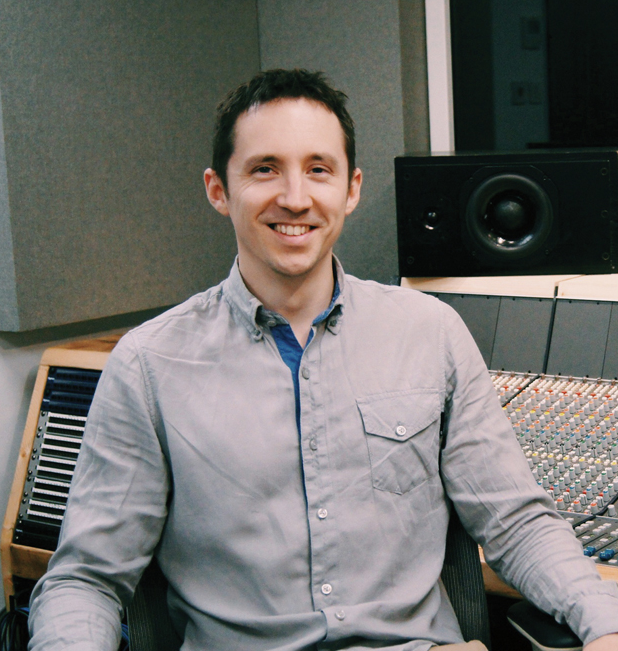
In addition to our lengthy feature explaining how to set up and run a pro studio, here we talk to some industry insiders who’ve made a career from their passion…
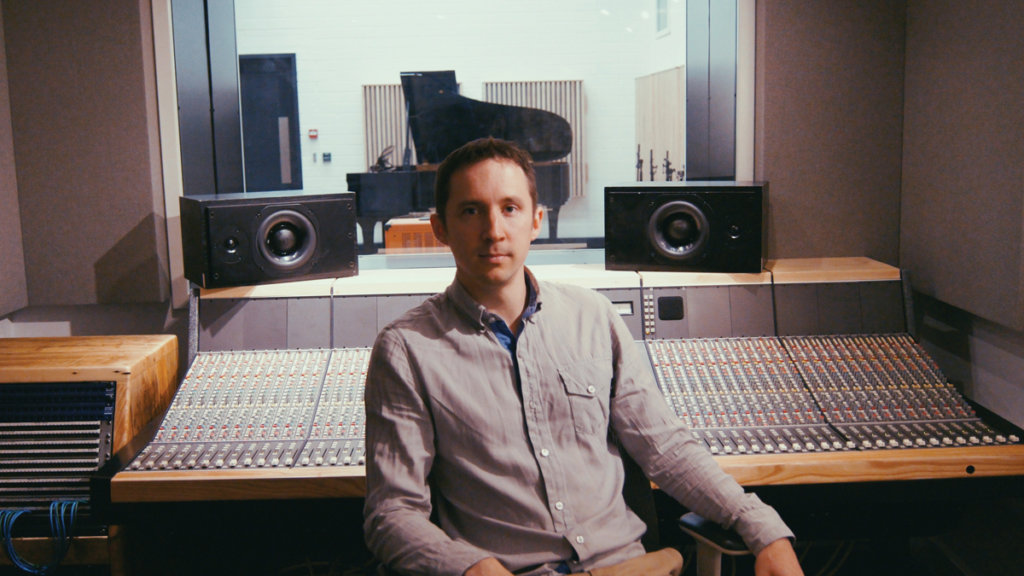
Aaron Railey – Starting Out

Aaron Railey isn’t a runner anymore – he’s a little older now, and a little further removed from the lowest rung on the audio totem pole. But he still looks back on his time as a runner with fondness, as it helped him get the grounding that he needed for a solid audio career.
Railey started out at 16 years old, working with American engineer Jonathan Kuehlin in North Carolina. “My family already knew Jonathan,” he says. “I was still in high school, and I showed an interest. He was running his studio, but he was also playing music at a local church, and that’s how we connected.
He took me under his wing, and showed me how things worked around the studio, how sound worked, the machines, the gear.” Kuehlin’s studio may have been in a house rather than a dedicated space, but it was a professional set up, with a full control room and plenty of gear.
Railey spent four years working under Kuehlin, and soon found himself familiar with all the nuts and bolts of working in a studio. He quickly progressed past being a runner, and began handling clients himself.
“Depending on the client, I worked quite closely on the creative side, helping them write out what they were looking for,” he says. “During recording, what Jonathan had me do was set up the microphones, pick the right ones, and get the studio prepared so we could just start recording. Things like patchwork, setting up new sessions, and when the clients came in. Usually they wouldn’t need a run through, but we’d do a sound check.
“Jonathan is an amazing teacher, and a lot of what I retained was because of how he explained it back then. By the time I could run a live rig by myself, I’d been there for about two and a half years.”
The toughest thing, Railey found, wasn’t the endless busy work or the dirty jobs. It was relating to the clients, and making sure they could realise their creative visions. Railey, who now works in live sound in Seattle, says that despite the difficult parts, he couldn’t think of a better way of starting out in the industry.
“I think it’s invaluable. It’s like learning a language, and the best way to learn a language is immersion, to go to the country and learn how to speak with the people. You have to be thrown right into the sound world, and learn how to do it as you go. There wasn’t a better way for me to learn.”
Mikko Gordon – At The Coalface
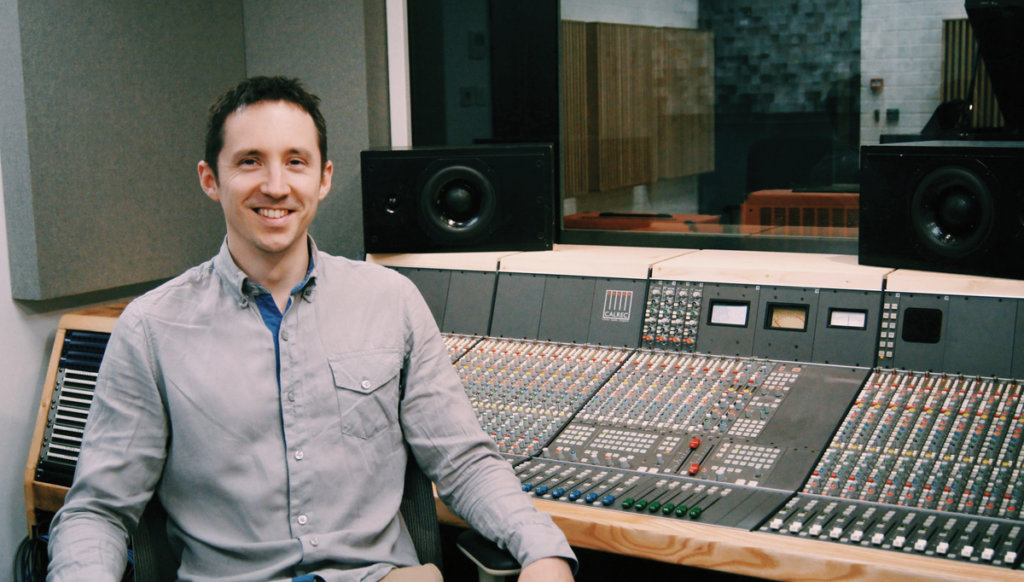
Mikko Gordon’s career is enviable, to say the least. After graduating from Goldsmiths, University of London, he began freelancing as an engineer almost immediately, running a small studio with a friend. His skills got him noticed soon after, and he ended up working closely with Radiohead producer Nigel Godrich. He’s produced for artists like Femme, and mixed for Atoms For Peace and Pendulum. These days, Gordon knows the studio business inside and out.
“I was already quite aware that studios weren’t making a lot of money,” he says of his early days, “so we set [our studio] up as a space where we could work and do projects. We hired it out commercially, but it was mainly word of mouth. It was just to have a base for us. The days of opening a studio, putting out an ad and saying, ‘come and use our space,’ are over, unless you’ve got serious funds.”
Gordon now has his own set up – an outbuilding in his garden, which he has customised to his liking. It doesn’t stop him travelling to other studios to work with different artists. His day-to-day schedule varies, but he says he likes to schedule his mixing in the mornings. In the afternoon, he’ll spend time with clients, working through songs or producing new ones.
Like any freelancer, Gordon has to have certain equipment – but he says that his gear is less important than his space, and his ability to listen: “I think people get really fixated on gear. They’re tools, just like a builder has.
It’s kind of funny – in the audio industry, we spend all this time talking about equipment, but a builder never talks about which hammer is better. Nice gear is great, and there are certain bits of gear that I love and which make life a lot easier, but it’s your ears and the room that are important.”
In many ways, Gordon says, he prefers his own set up to that of some big studios which see a lot of heavy use. “One of the things I’ve noticed more and more in studios is that maintenance standards are going down,” he says. “Sometimes in big studios, you’ve got channels not working, or crackling, and that’s kind of frustrating, and a sign of budgets being tighter all round.”
Gordon has become a name in his own right – he’s part of the growing trend among engineers to take on external management, which helps him focus on the creative side of his work.
Bryan Gallant – Running The Show
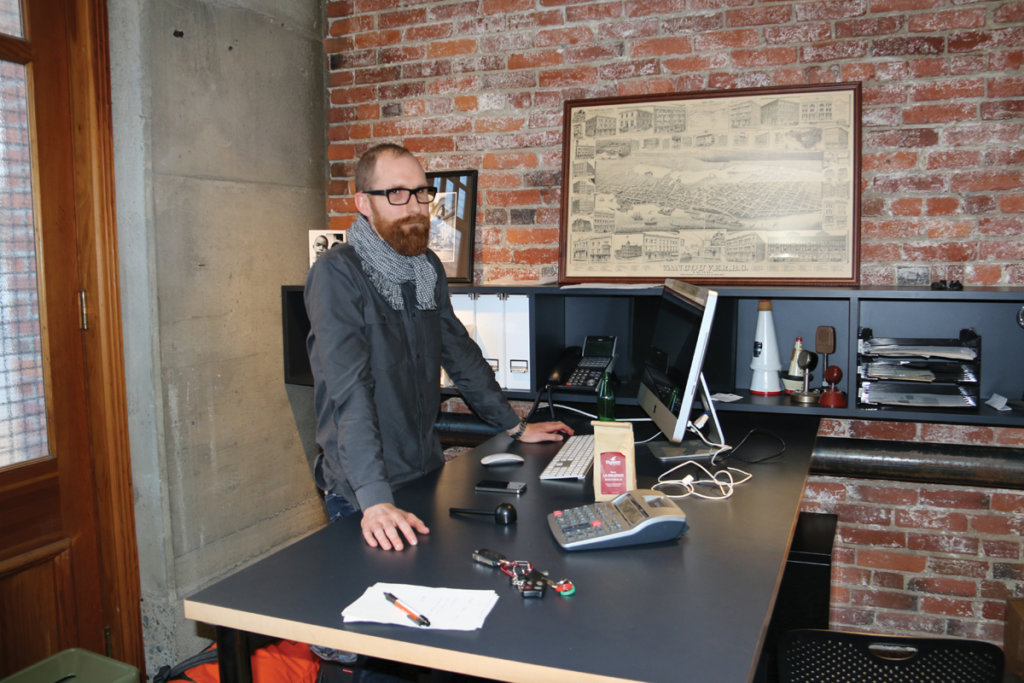
Running The Warehouse Studio in downtown Vancouver is a big job. It’s a massive complex owned by Bryan Adams, with four studios, a huge live room and more gear than you can possibly imagine. Controlling this rats’ nest of engineers, runners, assistants and clients – who include AC/DC, Metallica, Nirvana, R.E.M and Slayer – takes a lot of work. To do it, you need someone like Bryan Gallant.
Gallant is a rake-thin, bearded chap whose office is on the ground floor of the building. He’s been at the studios from the very start of his career. “I started as a runner,” he says, “making coffee, doing dishes, getting lunch. I worked my way up quite quickly from runner to assistant, which was nice. I was able to get some engineering experience right away.
But I decided at some point that I didn’t like where my career was going. The life style wasn’t necessarily for me, I guess. I wasn’t really sure what I wanted to do, but ended up leaving engineering and working in archiving, transferring a lot of old tapes over to Pro Tools, and cataloguing, things like that.”
It wasn’t long before Gallant was offered the job of managing the whole shebang. His day-to-day job includes scheduling, booking clients, working with artists – the lot. “Things like organising this microphone here,” he says, pointing to a big box in the corner of the room, “that we had sent out for Michael Bublé to test out. It’s not technical, because we have a full tech staff, but it’s an all-encompassing kind of position.”
He’s a big advocate of his particular career path, saying that because he’s done every job there is, he can relate to everyone who works in the studios: “I know what it’s like to be in the control room at such and such an hour, and I know all of our clients, and how they behave. I’ve been on the other side of the door.”
But although Gallant has a healthy respect for engineers, he says that it wasn’t a path for him – proof that one doesn’t need to be a console guru to make it to the top. He’s far more interested in managing people and in the intricate operations that are needed to keep the studio afloat.
“I care about the whole building,” he says. “I care about what we’ve done, what we’re doing, and what we’re going to be doing. I think about people. I think about what we’re doing with our business, and how we can make our business better.”
Phil Sisson – Hiring and Firing
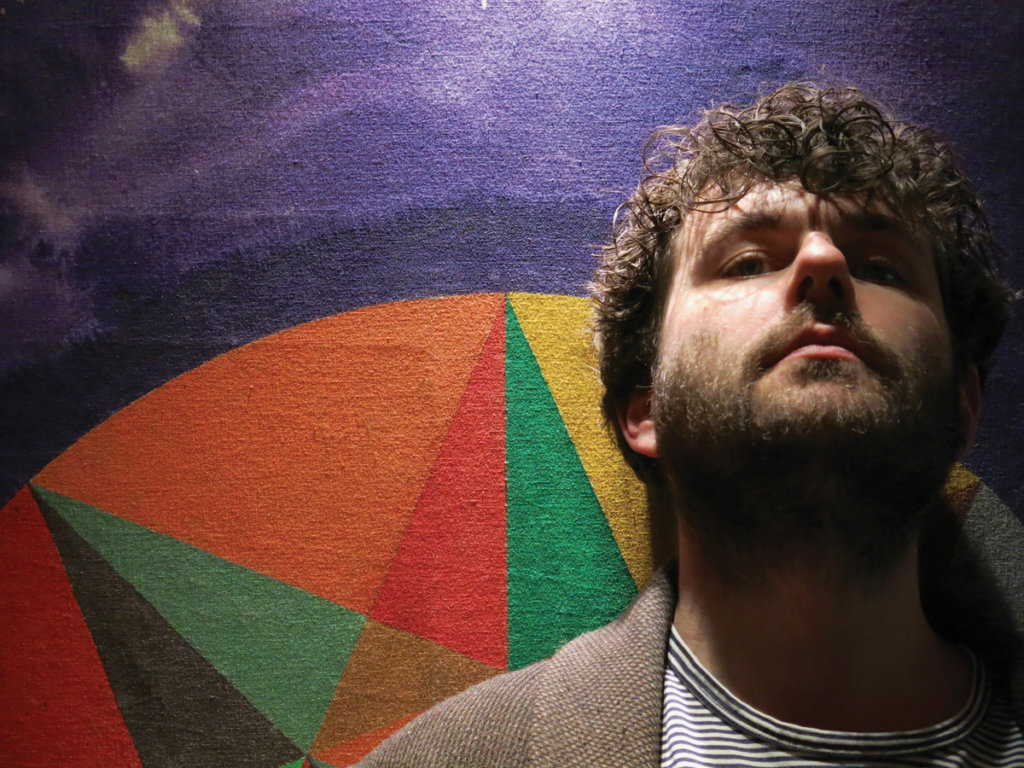
Like Bryan Gallant, Phil Sisson is right at the top. He manages the seminal Strongroom in London, home to records from Skrillex, Placebo, Emeli Sandé and more – but he says his favourite part of the job is dealing with the people.
This is despite the fact that Strongroom doesn’t have a huge full-time staff list. “I don’t spend a huge amount of time dealing with HR issues,” Sisson says. “There’s myself, Eva who does the bookings, Marcus the facilities manager who looks after the nuts and bolts, we have two technical staff, and we have an apprentice and they’re the salaried staff.
There aren’t that many people to look after. We’re part of a bigger company [Air Studios]. We used to have a dedicated HR person – we don’t anymore, but it is almost a full time job.”
Many of the engineers who work at Strongroom are freelancers. Sisson says that finding new people is all about nurturing relationships and relying on recommendations from trusted sources.
“The last person we added to the freelance roster came to us from another studio that had just closed down, and she came with some recommendations from people we knew. It just so happened that a couple of the freelancers we had been using often had moved on to other things, so she came along at just the right time.
She had already worked in another studio that does very similar stuff to us, and that’s what we’re looking for with freelancers: that they know how to deal with clients.
Obviously it’s important that their technical skills are good, but the most important thing is that they can deal with the clients that we work with. They know how to behave in the studio and they know what to expect.
That was a really easy appointment, because she’d already done the job, albeit in a different studio, and she came along at exactly the right time.”
Phil has never had to fire anyone, or pull anyone out of a session, but it would certainly be his job to do so if the need arose. He says that he’s well aware of how competitive the industry is, and says that anybody looking to work in it should be ready for anything: “It has to be one of the most difficult things to get into. You have to be prepared to put in long hours and sacrifice your social life, but it can be done. You just need to get off your backside and start doing it.”